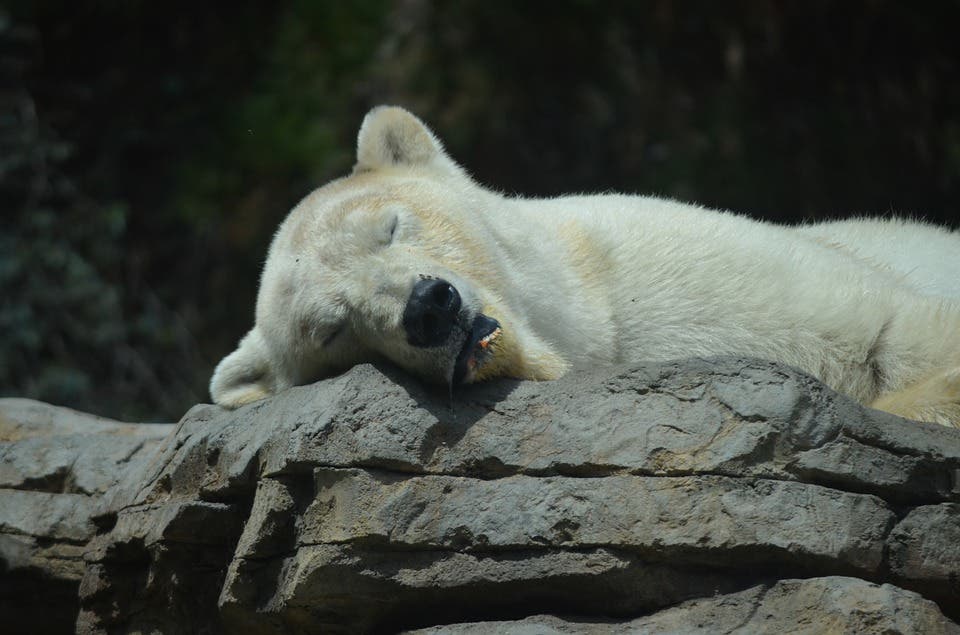Humans are bugging wild animals — so the critters are staying hidden during the day.

Animals are finding that the best way to deal with those pesky humans isn’t to go live someplace else, but to start living during the night. The findings, published by researchers from the University of California–Berkeley and Boise State University, show that previously-diurnal animals are shifting activity during night hours to avoid humans.
Under the cover of darkness
The team analyzed 76 studies involving 62 species of mammals on six continents, from opossums to elephants. These studies looked at how individual species changed their behavioral patterns in response to human activity such as hunting, farming, or development. Each study used some sort of technique to follow animals, from GPS trackers to motion-activated cameras.
The team then compared how much time those creatures spent actively at night under different types of human disturbance. One common feature all the surveyed animals shared was that they became far more active at night after humans arrived, the team reports. On average, they found that human presence triggered an increase of about 20 percent in nighttime activity, even in animals that aren’t normally night owls. Strikingly, the animals even delegated critical tasks such as hunting and foraging for nighttime activity. The team further reports that mammals which used to split activity roughly even between the day and night also shift more strongly towards darker hours — on average, these species increased nighttime activity to 68%.
It also became apparent that human activity doesn’t need to directly impact these species to determine a change in behavior. The team notes that all species responded similarly to human encroachment in their habitats. A deer, for example, will shift activity towards nighttime regardless if the humans it sees are hunters or hikers.
“It suggests that animals might be playing it safe around people,” Kaitlyn Gaynor, an ecologist at the University of California, Berkeley, who led the study, told PBS. “We may think that we leave no trace when we’re just hiking in the woods, but our mere presence can have lasting consequences.”
This shift in activity does help humans and animals coexist with less friction, the team notes. The findings might also help us design better conservation strategies that take into account species’ patterns of activity.
However, there’s also cause for concern. A nocturnal lifestyle can impact an animal’s ability to get food or mate, impacting the short- and long-term stability of whole species. This, ironically, also defeats the purpose of shifting activity in the first place. If animals are becoming more active at night to avoid us, but that only makes life harder for them, have they really escaped the impact of human activity?
The paper “The influence of human disturbance on wildlife nocturnality” has been published in the journal Science.






